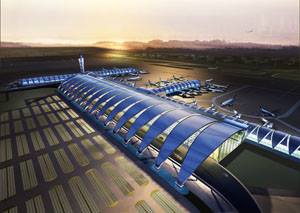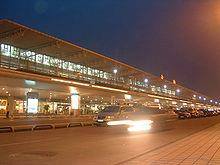Do you know giant pandas suffer from a variety of diseases like the humans and other mammals? The disease of giant panda is consist of:
Internal diseases of giant pandas > > Giant pandas internal diseases are primarily in the digestive, respiratory, urinary, nervous, hemopoietic system, etc. Common diseases include; acute gastroenteritis, chronic gastroenteritis, cold, and pneumonia. The most threatening diseases for giant pandas are; sunstroke, ileus (blockage of the intenstines), volvulus (bowel obstruction), intussusception, (where a segment of the intestine is pulled into itself) acute pancreatitis, and kidney failure.
Surgical diseases > > The common surgical diseases of giant pandas include trauma, fracture, craniocerebral injury and tumour, which can only be treated via surgical operation. Because giant pandas would scratch the wound on and on, which prevents healing, therefore the key of success of surgical operation lies in the post-operative care.
Giant Panda Obstetrical Diseases > > Obstetrical diseases of giant pandas mainly include pseudopregnancy, abortion, dystocia, edema of pudendum (swelling of the vulva), endometritis, ovarian cyst, obstruction of fallopian tube, and infertility. Pseudopregnancy and abortion are the most common. The weight of the newborn panda cub is only 1/1000 of the female panda (or sow), so the possibility of dystocia (obstructed labor)due to oversize of fetus is extremely small, and the most likely is that the mother is subject to dystocia due to abnormal uterine action because of weak uterine contraction during delivery. Presently, only one case of giant panda dystocia was reported internationally. The only case was Er Yatou (Pedigree No.: 401#) living in the Chengdu Panda Base in 2004. At that time, she did not show any contractions or straining within 14 hours after the amniotic fluid broke for the first time, and experts conducted B-ultrasonic examination and found that the fetus was still in the uterus. Finally, via the conservative therapeutic method with combination of Chinese and western medicine, the dead fetus was delivered from the mother, a surgical operation was avoided, and Er Yatou was protected.
Infectious or Communicable Diseases of Giant Pandas > > Communicable diseases of giant pandas are diseases greatly threatening the population health and life safety of giant pandas. Before scientists completely know the new communicable disease, giant pandas are impossible to defend effectively such disease, which causes serious loss or even devastating blow to the entire giant panda captive population, just like the panic among human beings caused by SARS and bird flu when they just appeared. In the history of giant panda captivity, the hemorrhagic enteritis triggered by the invasive escherichia coli O152 introduced to the captive population due to rescue of wild pandas in 1980s resulted in death of nearly 20 giant pandas within 2 years; the intractable dysentery and chronic malnutrition syndrome of post-weaning giant panda cubs caused by rotavirus, canine distemper caused by canine distemper virus, viral enteritis caused by parvovirus, etc. brought harm to the entire captive population.
Through concerted efforts, scientists all over the world have made major breakthroughs in the treatment and prevention of known giant panda communicable diseases. Experts have succeeded in finding effective therapeutic methods and preventive measures against hemorrhagic enteritis caused by the invasive escherichia coli O152, the intractable dysentery and chronic malnutrition syndromes of post-weaning giant panda cubs caused by rotavirus, and tests to screen, and vaccines to prevent against canine distemper virus.
#giant #panda #diseases #ChengduResearchBaseofGiantPandaBreeding #hellochengdupanda
More information at : http://www.panda.org.cn/english/research/disease/2013-09-12/2449.html














